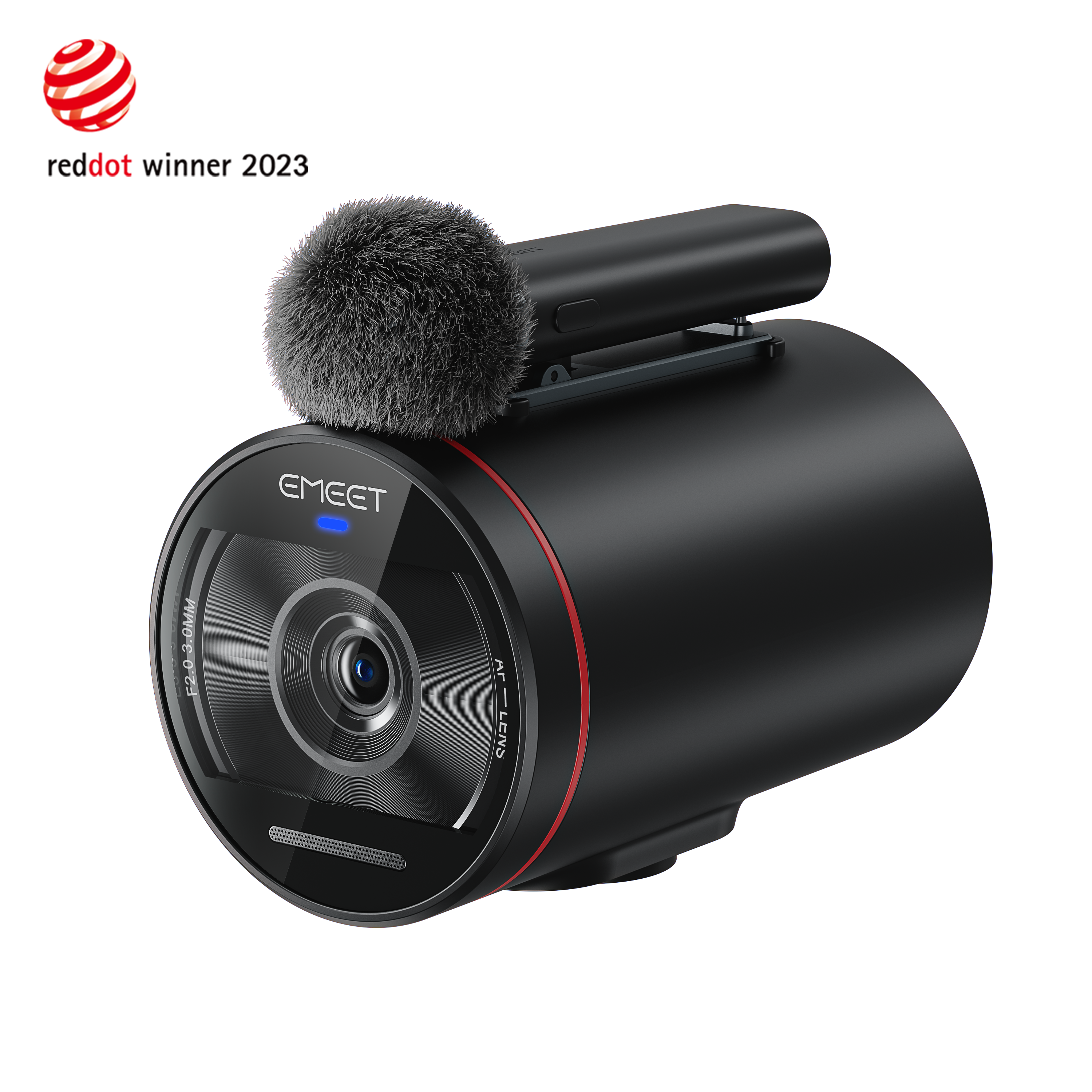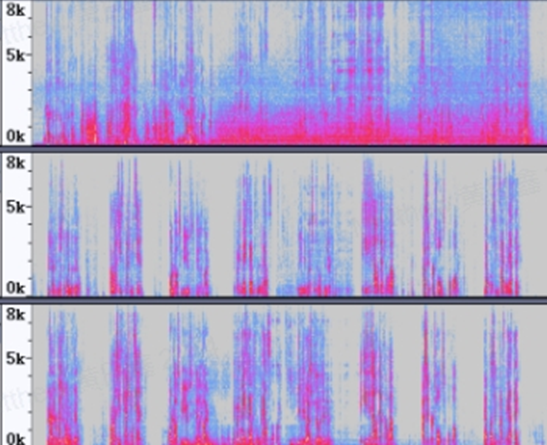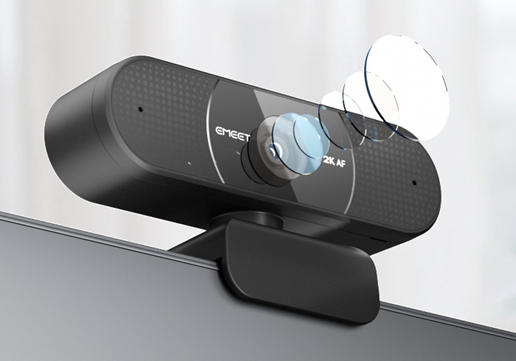What is Video Conferencing Technology?
Face-to-face meetings can be held through video conferencing between users in different locations without having to meet physically in person. Because it saves time, expenses, and hassles associated with business travel, this technology is particularly convenient for business users in different cities and countries. In addition to holding regular meetings, negotiating business deals, and interviewing job candidates, you can use video conferencing for various purposes.
History of Video Conference Technology
In 1968, video conferencing was introduced and packaged as a commercial solution at the World's Fair in New York. Picturephones from AT&T were the technology used at the event. Participants could enjoy 10 minutes of video chat with the other party. However, this machine proved costly, clunky, and difficult to set up, so it did not take off as expected. Although it was a little weird to see someone far away from your couch in the 1960s, seeing someone from a distance was still pretty cool.
It wasn't until the 1980s that video adoption became mainstream. The video was still considered a sci-fi fantasy in the minds of consumers because it seemed impossible until Compression Labs introduced their systems. In the late 1980s, video conferencing systems from PictureTel significantly dropped to $80,000, making them more affordable to large companies.
Video collaboration via desktop became more feasible in the 1990s thanks to advances in IP technology, the internet, and video compression. In response, IBM dropped their price to $20,000, while Macintosh's CU-See Me (no audio) made video collaboration more feasible for businesses and consumers.
Despite growth in enterprise adoption, the mid-2000s was a critical time for video conferencing outside business settings. Video conferencing kiosks and mobile technology became necessary for collaboration across borders for courts, law firms, and the military. Nevertheless, telemedicine in healthcare and distance learning in higher education drove video adoption at the time.
With advancements in telehealth in 2003, such as the first transatlantic "telesurgery", video technology in healthcare increased awareness. In the United States, a surgeon successfully performed gallbladder surgery via video technology using a robot overseas.
Latest Video Conference Technology
There are many video conferencing cameras on the market, and they all promote that they have the latest video conference technology. This is actually a fact. Most conference cameras have their own unique selling point that makes them the latest video conference technology.
Features of Video Conference Technology:
- HD Camera - a 360-degree 1080P conference room camera spots every detail within a radius.
- Microphone - Omni-directional beamforming microphones pick up every word within a radius
- Optimized voice pickup - AI algorithm captures and presents active talkers' faces perfectly on the monitor in response to voices so that remote team members on the other end can see the talkers' faces immediately when hearing their voices, reproducing organic face-to-face communication.
- Speakerphone - 10W/90dB Hi-Fi speaker allows every participant to hear clearly. Everyone's involved in an immersive collaborative experience.
Types of Video Conference Technology
1. Telepresence Video Conferencing
The primary goal of telepresence is to bring clients and employees together, regardless of their physical locations. You will need equipment such as a large display and a camera positioned at eye level to host an online meeting. Through telepresence video conferencing, participants can interact realistically. There aren't any distractions during the session due to good video and call quality.
2. Integrated Video Conferencing
Through integrated video conferencing systems, participants can make quality video and audio connections, enabling communication. Video groups generally use conferencing systems. In addition to the camera and display, it requires peripheral video and set-up similar to a telepresence system. You can watch and listen to videos and audio up to 4k ultra HD. The contents of the meeting are also protected. Screen sharing and sharing contents are two of its valuable features.
3. Desktop Video Conferencing
A desktop video conferencing system is one of the most popular video conferencing systems. Meetings in the office and for personal use are generally held using it. There are several traditional video conferencing systems, but this is the most commonly used. Desktop computers are equipped with all the hardware and software for video conferencing. Video cameras and monitors are not required. Participants and hosts can communicate shortly. Organizing meetings online saves time and money.
The Impact of Video Conference Technology
Video conference technology had a significant impact on society, especially during COVID-19. This technology has saved a lot of businesses from closing and rescued the global economy.
The use of video conferencing services has many advantages. A business can benefit from them by increasing employee productivity and improving communication and customer service.
Businesses benefit from video conferencing in several ways, including lower travel costs, improved employee communication, and shorter meeting times. A higher-quality virtual sales meeting can also increase revenue for businesses.
Business contacts within and between companies and customers benefit from video conferencing intangibly in terms of more efficient meetings and nonverbal communication. Participants can develop a higher familiarity with individuals they have never met face-to-face.
List of Video Conferencing Equipment
It can be beneficial to your business to conduct video conferences so that it can operate more efficiently and save money. So you'll need to have the correct conferencing equipment.
Listed below are the essential pieces of equipment you'll need for a videoconference.
1. Webcam

Most laptops are equipped with built-in cameras, but the image resolutions are mostly 480p. To have a high image resolution camera, it is suggested to purchase an external webcam. Most of the external webcam on the market has an image resolution of 720p or HD 1080p.
2. Microphone

It is crucial that the microphone can pick up the audio from the present speaker and deliver it to the other party. At the same time, laptops and mobiles are equipped with microphones; when you host video conferences with large groups of people, the laptop microphone may not have the qualities that you need. Therefore, select an Omnidirectional microphone that would provide better sound and recording quality wherever you're hosting.
3. Speakerphone

Speakerphones are also the necessary hardware for a group video conference. With a poor quality speakerphone and the background noises, you may miss some essential information from the other party and cause a loss in business. Therefore, selecting a suitable speakerphone with high quality and excellent noise cancellation would help the company proceed further.
4. Internet connection

For your conference to run smoothly, your internet connection must be able to handle all the data that will be transferred during the call. The quality of the call will be compromised if there is a weak connection for anyone joining the call.
5. Video conferencing software/APP

Multiple video conferencing software is available for you to use and is the key to the entire process of hosting a meeting. In software like Zoom Meeting, using a link, you can host a virtual meeting room using your microphone and camera., and the software will use your microphone and camera to create a virtual meeting room. Each software has its own pros & cons. There is always software that suits your needs.
There is also some other non-essential equipment, but it is also recommended to take to your video conference.
6. A pen & notepad

Nowadays, most people use laptops or mobile phones to record key information from meetings. But, sometimes, those electronic products may have some problems such as out-of-battery or lagging due to age. So bring a pen and notepad as a backup plan.
List of Video Conference Software
There are many different online conferencing software on the market, some are free, and some are charged on a monthly subscription. Here are the top 5 video conference software we have selected and recommended.
| Software | Summary | Price | Pros | Cons | |
|---|---|---|---|---|---|
 |
Zoom | Best overall | $120 per year |
|
Can't add a description or meeting agenda to an invitation from the app |
 |
BlueJeans Virtual Meetings | Best for Multi-Platform Conferencing | $119.88 per year |
|
Lacks a free tier |
 |
Webex by Cisco | Best for Enterprise Conferencing | $25 per month |
|
Relatively expensive |
 |
Google Meet | Best for Google Workspace Users | $12 per month |
|
Business features require a Google Workspace membership |
 |
GoToMeeting | Best for Small Business Web Meetings |
$16 per month |
|
Virtual backgrounds require a separate, free product |
Types of conference meetings
We can separate conference meetings into three types, which are 1) Hybrid meetings, 2) Private 1-to-1 meetings, and 3) Conference call meetings. Each kind of conference meeting may require different conference equipment. With the numerous types of video conference equipment available on the market, we've used EMEET products to elaborate more in detail.
1.Hybrid Meetings
Some attendees attend a hybrid meeting from the office while others attend from home unites remotely via a video call or conferencing tool. For example, a hybrid meeting is where 4 participants attend the meeting from the office, but few other participants join the meeting via Zoom.
Based on the given example, the EMEET Meeting Capsule would be the most suitable video conference equipment based on the situation as it is a 3-in-1 product with a video conference camera, microphones and speakerphones. It has 1080P resolution, 30FPS, 360° conference camera for remote face-to-face meetings and 5 modes to meet the needs of different circumstances. Also, it has universal compatibility with different software.

2.Private 1-to-1 Meetings
1-to-1 meetings are primarily used for internal communication between managers and their employees, especially when remote working is the future of the work style. Therefore, having 1-to1 meetings can let the managers thoroughly understand the employees' current status. EMEET C980Pro would be appropriate in these circumstances, as it combines a 1080P Camera with 4 Omni-directional Mics and 2 professional 81dB Speakers. This is a one-stop solution that provides high-quality meetings.


3.Conference Call Meetings
Conference calls are telephone meetings. Using a conference bridge number, participants connect to a virtual meeting room that participants can access from anywhere in the world. The recommended product for this type of meeting would be the EMEET OfficeCore M2 Max; it has 4 highly-sensitive directional mics that provide up to 5-meter, 360° voice pickup, and 48kHz sampling rate, ensuring exceptional clarity and reality.

Conclusion
To sum up, AT&T initially established video conference technology in the late 1960s. Still, it didn't take off until the early 2000s, and nowadays, video conference technology is widespread for many businesses' daily use. There are many types of meeting equipment, such as webcams, speakerphones, and software. Various types of video conference equipment and video conference software are available on the market. However, it is essential you can select the suitable equipment and software based on your needs. Furthermore, companies have higher and higher expectations of video conference equipment, especially IT and Service industries. So the equipment developers will create more advanced products to meet the businesses' expectations.




